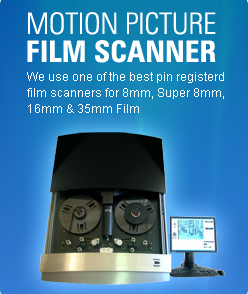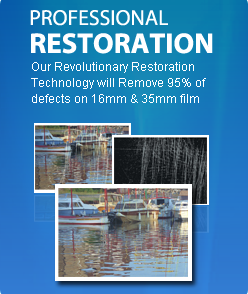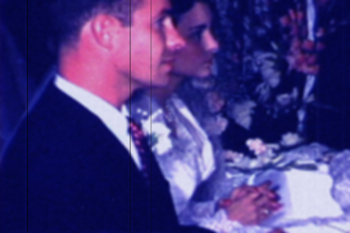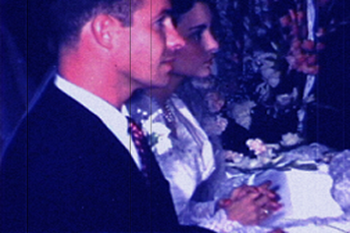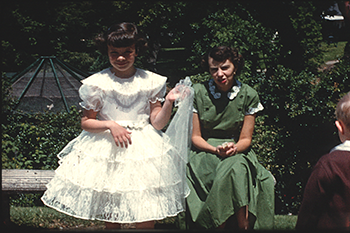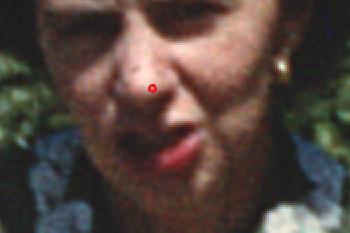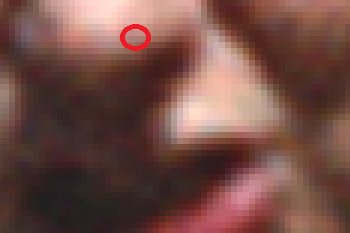
The first table shows how the same film looks using our 4 different processes. You can see that the difference can be significant for our Erie customers.
The second table presents a case for scanning 8mm and Super 8 film at 2K resolution. In the past year we have done 20 comparisons. Contrary to popular belief, we do see a noticeable difference in quality between our Pro HD and Pro 2K process on 8mm and Super 8 film.
In general it is recommended that you scan at or above the resolution of the film. For 8mm and Super 8 that means scanning at HD or 2K.
8mm And Super 8 Film Erie |
|
SD Scan
|
|
Pro HD Scan
|
|
Pro 2K Scan
|
|
Pro 4K Scan
|
|
Film Resolution |
|
Resolution of Film |
|
Film Grain
|
|
Film Grain vs Digital Pixel
|
|
Erie Fun Facts: Routes 19 and 20; and Pennsylvania State Highway 5. First settled in the latter half of the 18th century by both French and English settlers, Erie was founded in 1795 and immediately became a significant port which focused initially on the salt trade. One of the city's proudest historical moments occurred in 1813, when Commodore Oliver Perry, whose ships were mostly built in Erie, defeated the British in the Battle of Lake Erie during the War of 1812. After the American Revolution, the city emerged as a maritime center and later as a railroad hub during America's westward expansion.
Pennsylvania Fun Facts: In the American Civil War (1861-1865), Pennsylvania was the site of the Battle of Gettysburg,in whichUnion General George Meade defeated Confederate General Robert E. Lee, bringing an end to the Confederacy’s Northern invasion, as well as Lincoln’s famous Gettysburg Address. Tourists are drawn to Pennsylvania by its monuments to America’s revolutionary history, includingIndependence Hall and the Liberty Bell. Famous Pennsylvanians include patriot and inventor Benjamin Franklin, frontiersman Daniel Boone, painter Mary Cassatt,inventor Robert Fulton and comedian Bill Cosby.
